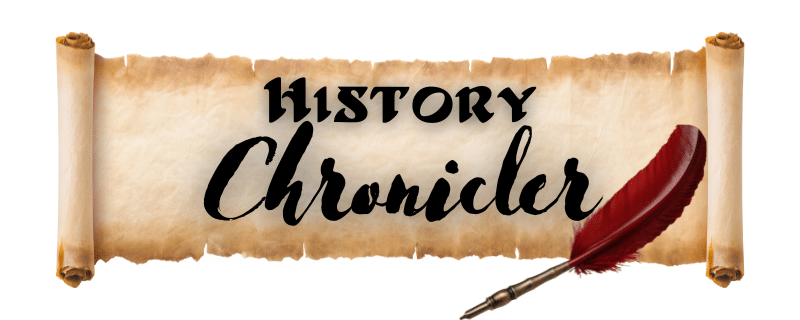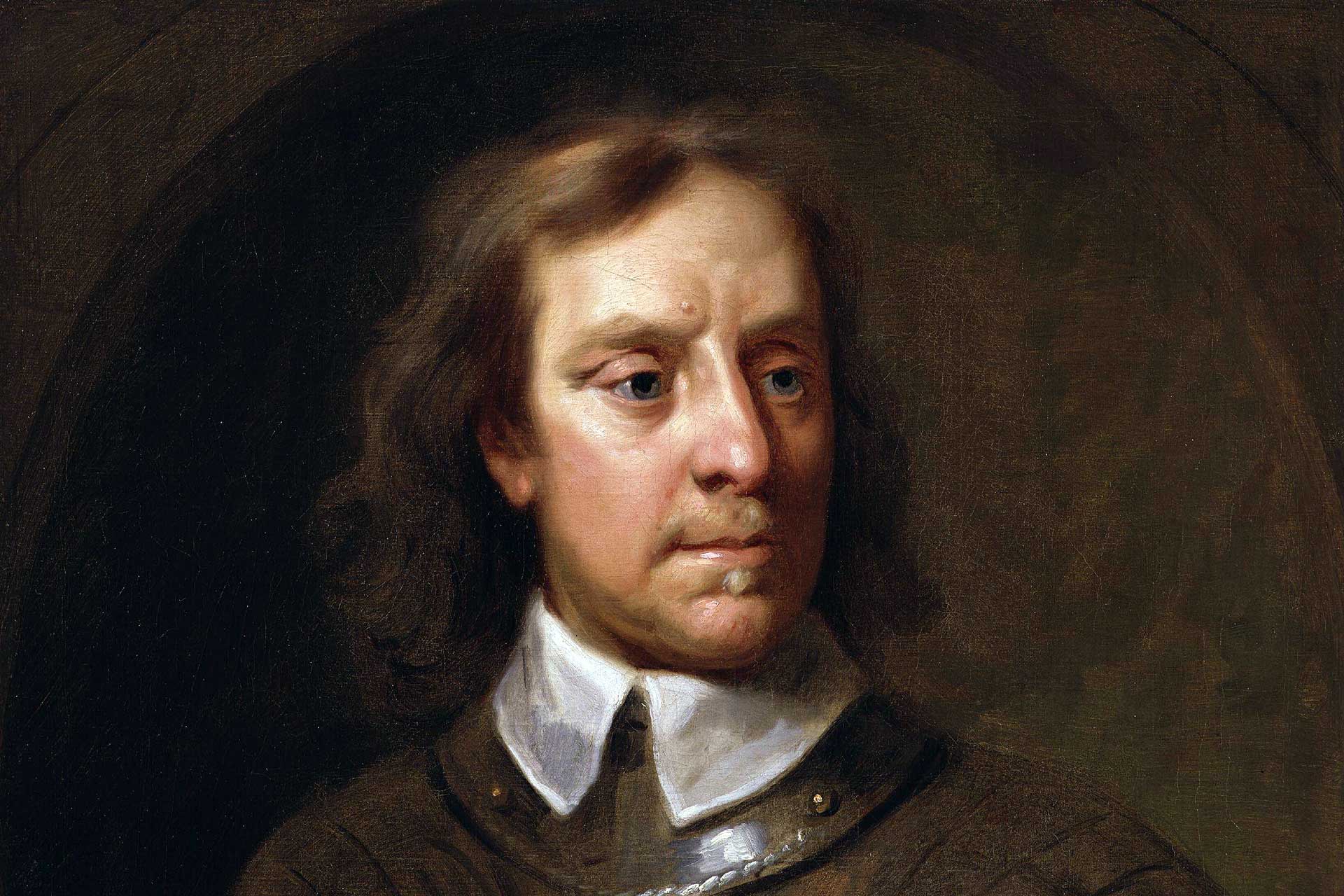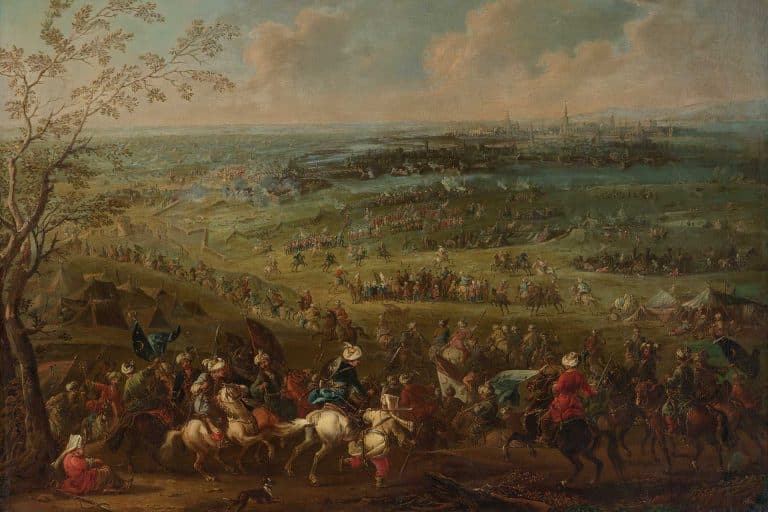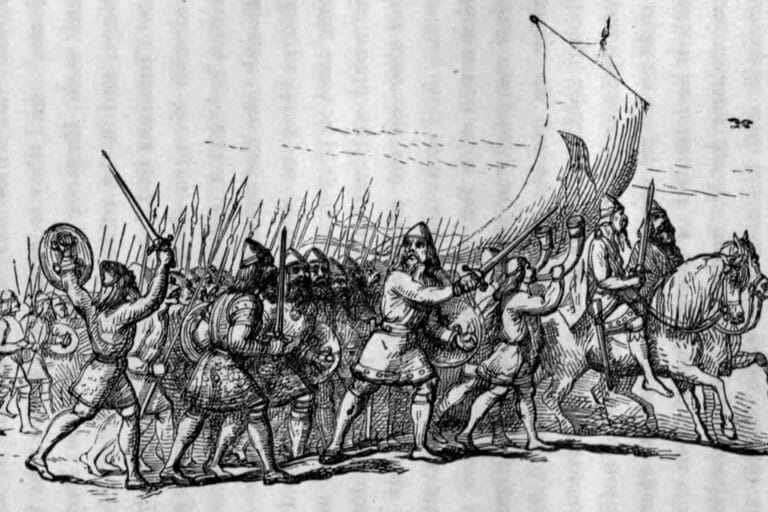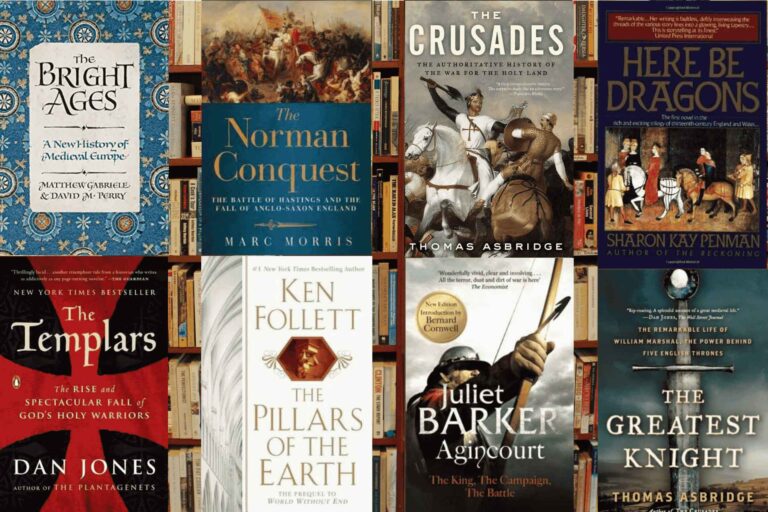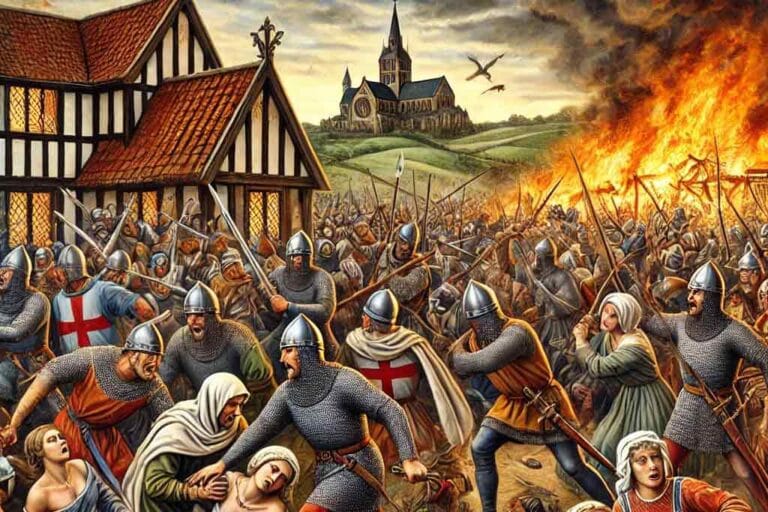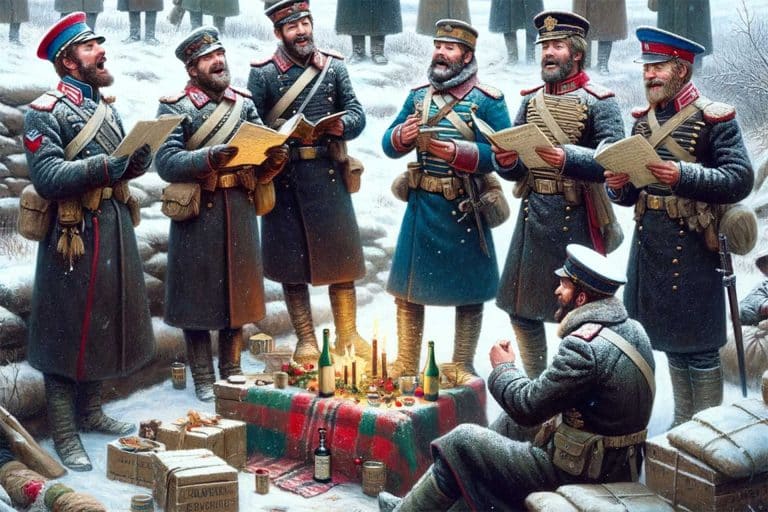The Life and Legacy of Oliver Cromwell: Hero or Tyrant?
Few figures in British history inspire such fierce and lasting debate as Oliver Cromwell. To some, he was a visionary leader who defended Parliament, championed religious reform, and helped steer England through one of its most turbulent eras. To others, he was a brutal military commander and authoritarian who upended centuries of monarchy, sent a king to the scaffold, and unleashed devastation in Ireland. Over 360 years after his death, his legacy remains sharply divided.
Oliver Cromwell rose from obscure gentry to become Lord Protector of the English Commonwealth, leaving an indelible mark on the nation’s political and religious landscape. He played a decisive role in the English Civil War, sanctioned the execution of Charles I in 1649, led harsh campaigns in Ireland and Scotland, and briefly governed a republic in place of the monarchy. Was he a principled revolutionary acting in the service of God and nation, or a ruthless figure who replaced one form of tyranny with another? This article examines the life, actions, and enduring legacy of a man who transformed the British Isles—and whose influence still looms large.
Early Life and Religious Conviction
Oliver Cromwell was born on April 25, 1599, in Huntingdon, a small market town in Cambridgeshire, England. He came from the ranks of the modest rural gentry—his family was respectable but not especially wealthy. Cromwell’s early life was relatively quiet, and after attending Sidney Sussex College, Cambridge, he briefly studied law at Lincoln’s Inn. His father died while he was still young, leaving Oliver responsible for managing the family estate. These early responsibilities shaped his practical, disciplined character.
A turning point came in the 1630s, when Oliver Cromwell experienced what he later described as a profound spiritual awakening. Influenced by the growing Puritan movement, he became deeply committed to a form of Protestantism that emphasized moral rigor, personal piety, and a rejection of traditional ceremony and hierarchy within the Church of England. He believed passionately that God had a purpose for him and that England needed to be purified of what he saw as the lingering influence of Catholicism. His religious beliefs would remain central to every major decision he made throughout his life.
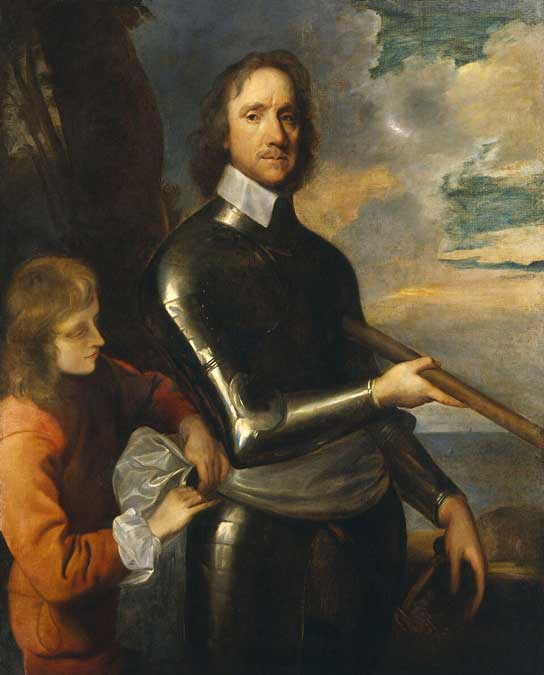
Cromwell’s political career began in 1628 when he was elected as a Member of Parliament for Huntingdon. At that time, England was facing increasing tensions between King Charles I and Parliament, especially over taxation, royal authority, and religious policy. Cromwell’s speeches in these early sessions were few. Still, he aligned himself with the Puritan faction that opposed the king’s perceived authoritarianism and feared the influence of Arminianism and Catholic-style rituals creeping back into the Church of England.
Although Parliament was dissolved by Charles in 1629 and would not reconvene for over a decade, Oliver Cromwell’s beliefs continued to deepen during what became known as the Personal Rule. He emerged from this period more politically radical and spiritually convinced of his divine mission. By the time the political crisis of the 1640s began to unfold, Cromwell had transformed from a relatively obscure landowner into a man with firm convictions and growing influence.
His faith, more than social ambition or ideology, defined his early rise to prominence. Cromwell believed the king had violated God’s covenant with England by opposing the will of the godly people. This fusion of religious zeal and political activism set the stage for his extraordinary ascent during the English Civil War. From the beginning, he saw political reform not merely as a matter of governance, but as a sacred duty.
Cromwell and the English Civil War
The English Civil War erupted in 1642 after years of escalating tensions between King Charles I and Parliament. Disputes over taxation, religious authority, and the king’s attempts to rule without parliamentary consent fractured the kingdom. As war broke out, Cromwell firmly aligned himself with the Parliamentary cause, driven by his conviction that Charles had betrayed the liberties of the English people and endangered the Protestant faith.
Though relatively unknown at the war’s outset, Oliver Cromwell quickly distinguished himself on the battlefield. He began by raising a cavalry troop in Cambridgeshire, noted for its discipline and Puritan values. His talent for leadership and organization propelled him upward, and by 1644, he played a key role in the decisive Parliamentarian victory at the Battle of Marston Moor. It was the most significant engagement of the war and marked the beginning of the Royalists’ decline.
Recognizing the need for a more professional force, Cromwell played a pivotal role in establishing the New Model Army in 1645. Unlike previous levies, this army emphasized merit over noble birth and was grounded in strict discipline and religious fervor. At the Battle of Naseby in June 1645, the New Model Army routed the king’s forces, effectively breaking the Royalist resistance. Cromwell’s leadership, both tactical and moral, had turned the tide of the war.

As Parliament gained the upper hand, a new crisis emerged—what to do with the king. Cromwell became increasingly convinced that peace could not last as long as Charles lived. Despite multiple failed negotiations and the king’s secret attempts to incite further conflict, many still hoped for a settlement. Cromwell, however, came to see Charles as a “man against whom the Lord hath witnessed,” arguing that his execution was not only necessary but divinely ordained.
In January 1649, Charles I was tried for treason by a specially convened court. Cromwell, though not the chief architect of the trial, strongly supported the proceedings and signed the king’s death warrant. On January 30, Charles was beheaded outside the Banqueting House in Whitehall—a moment unprecedented in English history. For Oliver Cromwell, it was a solemn but righteous act, sealing his belief that no ruler stood above the law or God’s will.
The regicide shocked Europe and deeply divided England. Some saw it as the dawn of a new, just republic; others viewed it as the collapse of legitimate order. Oliver Cromwell, now one of the most powerful men in England, would find himself navigating a nation forever changed by a war he had helped to win and a king he had helped to kill.
The Commonwealth and Protectorate
After the execution of Charles I in 1649, England was declared a republic—the Commonwealth of England—abolishing the monarchy and House of Lords. Initially, power was held by the Rump Parliament and a Council of State. Cromwell, while influential, did not immediately assume complete control. However, frustration with parliamentary inefficiency and infighting grew. In 1653, he forcibly dissolved the Rump, declaring, “You have sat too long for any good you have been doing.” Later that year, Cromwell was named Lord Protector under the newly drafted Instrument of Government, effectively becoming head of state.
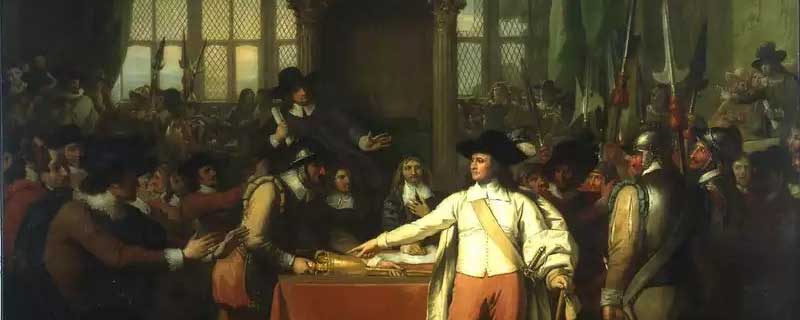
As Lord Protector from 1653 to 1658, Cromwell ruled a nation caught between revolution and restoration. He maintained a republican structure but governed with increasing central authority. While he declined the crown when it was offered, his position bore many hallmarks of monarchy—he lived in royal palaces, commanded the army, and controlled foreign policy. His government sought to promote godliness and stability but struggled with internal divisions and political fragmentation.
Cromwell advocated for religious liberty within a Protestant framework. He supported toleration for many dissenting groups, such as Baptists, Independents, and even allowed Jews to return to England after centuries of exile. Yet this openness had limits. Catholics were heavily persecuted, particularly in Ireland, and even Protestants who challenged state authority faced suppression. Cromwell believed in freedom of conscience, but only when it aligned with maintaining public order and Protestant supremacy.
His government implemented a series of social and legal reforms aimed at promoting moral behavior. Laws were passed to enforce Sabbath observance, suppress drunkenness and profanity, and regulate public entertainment, including theaters and gambling. While these measures were rooted in Puritan values, they proved unpopular with many and contributed to growing resentment among the population. Some saw the regime as overly austere and disconnected from everyday concerns.
Cromwell’s relationship with Parliament remained fraught. He dissolved multiple sessions after they failed to align with his goals or challenged military authority. Though the Protectorate was designed to balance power between executive and legislative bodies, Cromwell increasingly relied on the army to uphold his rule. This reliance blurred the lines between civilian government and military dictatorship, further complicating his image in the eyes of his contemporaries and later historians.
The Irish and Scottish Campaigns
Oliver Cromwell’s military campaigns in Ireland remain among the most controversial chapters of his life. In 1649, following the execution of Charles I, Cromwell led a brutal campaign to crush Royalist and Catholic resistance in Ireland. The sieges of Drogheda and Wexford became infamous for the scale of their violence. At Drogheda, after the town’s defenders refused to surrender, Cromwell’s troops stormed the walls and killed nearly 3,500 people, including civilians and prisoners. He justified the massacre as a necessary act of divine justice, writing that it was “the righteous judgment of God upon these barbarous wretches.”
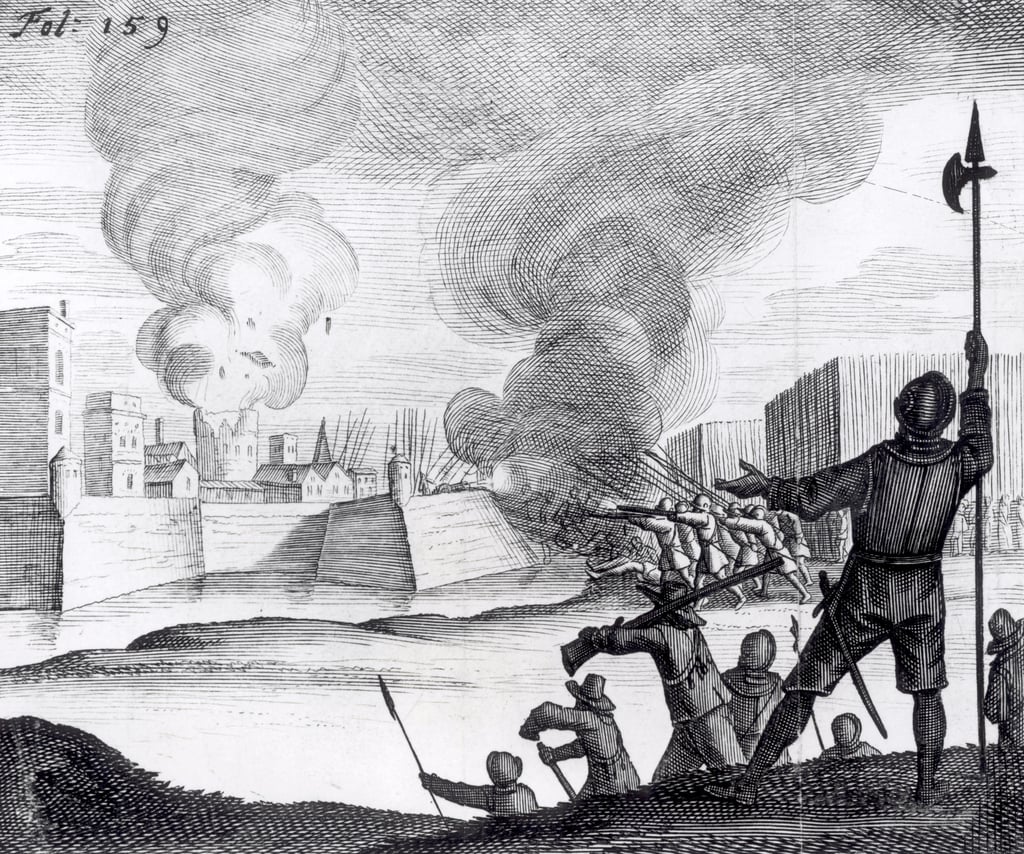
A similar fate befell Wexford, where a combination of negotiation breakdown and battlefield chaos led to widespread slaughter and looting. Cromwell claimed the violence was unintended, but his failure to control his troops and the devastating impact on the population solidified his reputation in Ireland as a figure of terror. These actions, seen by many as war crimes even in their time, left a legacy of resentment that endures in Irish historical memory to this day.
In addition to targeting Royalists, Oliver Cromwell sought to dismantle the political and religious power of Catholic Ireland. His campaign included forced land confiscations and the displacement of thousands of Irish families, especially in the province of Ulster. The phrase “To Hell or to Connacht” became symbolic of the policy that forced Irish Catholics westward onto poorer land. For Cromwell, this was part of a divine mission to pacify and reform what he viewed as a rebellious and unrepentant land.
Oliver Cromwell’s attention then turned to Scotland, where Royalist forces had declared Charles II king. In 1650, he led the New Model Army and faced stiff resistance from the Scottish Covenanters. Despite early difficulties, including disease and supply issues, Cromwell secured a significant victory at the Battle of Dunbar, routing a much larger Scottish army. He followed this with another crushing blow at Worcester in 1651, effectively ending organized Royalist resistance in Britain.
Unlike the Irish campaign, Cromwell’s actions in Scotland, while forceful, did not provoke the same level of enduring hostility. He allowed the Scottish Kirk (Presbyterian Church) to continue operating and sought to integrate Scotland into a united Commonwealth under English control. Still, his military occupation and suppression of Scottish independence created tensions that would later resurface in the Stuart Restoration.
These campaigns, particularly in Ireland, have been central to the debate over Oliver Cromwell’s legacy. To his supporters, he was a commander fulfilling a divine mission to bring order and reform. To his critics, especially in Ireland, he was a symbol of conquest, religious persecution, and imperial violence. The shadows cast by Drogheda and Wexford continue to define much of how Cromwell is remembered beyond England.
Death, Desecration, and Restoration Backlash
Oliver Cromwell died on September 3, 1658, likely from complications of malaria and kidney disease. His death marked a turning point for the fledgling English republic. Although he had designated his son, Richard Cromwell, as his successor, the younger Cromwell lacked his father’s authority, political skill, and support from the military. Within months, Richard’s Protectorate collapsed, and England spiraled into political instability. Without Cromwell’s commanding presence, the republican experiment began to unravel.
By 1660, with the country weary of turmoil and longing for stability, the monarchy was restored under Charles II, son of the executed king. The Restoration was welcomed by many as a return to traditional order, but it came with a desire for vengeance against those who had supported the regicide and the Commonwealth. Though Oliver Cromwell had been dead for two years, he remained a target of symbolic retribution.
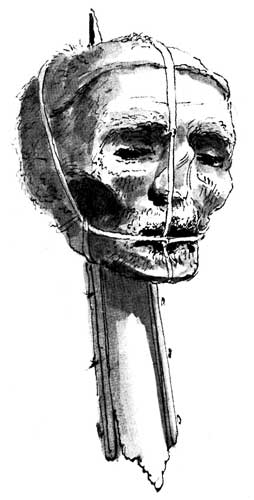
In January 1661, on the anniversary of Charles I’s execution, the new regime ordered the exhumation of Cromwell’s body from Westminster Abbey. Alongside the corpses of fellow regicides Henry Ireton and John Bradshaw, Cromwell’s remains were subjected to a posthumous execution. The bodies were hanged at Tyburn, then beheaded, with their skulls displayed on pikes outside Westminster Hall—a stark warning to others who might dare challenge the Crown.
The desecration of Cromwell’s body was a powerful act of royal propaganda. It served to erase the legitimacy of the republic and reassert the divine right of kings. While the public spectacle shocked some, it also reflected how deeply Cromwell’s rule had divided the nation. Even in death, he remained a figure of controversy, loathed by Royalists and revered by those who had fought for Parliament.
Despite the backlash, Oliver Cromwell’s impact could not be so easily undone. The Restoration may have buried the Commonwealth, but the questions raised during Cromwell’s era—about sovereignty, governance, and the role of religion in public life—continued to influence British political thought. His posthumous punishment ensured that his name would live on not just as a ruler, but as a symbol of unresolved tensions in English history.
Hero or Tyrant? The Legacy Debate
Few historical figures have left behind a legacy as polarizing as Oliver Cromwell. Supporters portray him as a principled reformer who defended parliamentary sovereignty against the excesses of monarchy. They highlight his commitment to religious toleration for Protestant sects, his emphasis on meritocratic military leadership, and his vision of a nation governed by moral law. To admirers, Cromwell was a reluctant ruler driven more by duty than ambition, a man who tried to steer England through a revolutionary moment without descending into chaos.
Critics, however, see a darker figure. To them, Cromwell was a military dictator cloaked in religious zeal—an authoritarian who dissolved parliaments when they disobeyed him, executed a king, and left Ireland soaked in blood. His campaign in Drogheda and Wexford remains infamous, and many view him as a regicidal warlord who replaced the tyranny of monarchy with that of military rule. The Puritan strictness of his regime, from banning public amusements to imposing moral codes, left many disillusioned.
Debates over Cromwell’s legacy have persisted for centuries, reflected in public monuments, schoolbooks, and political rhetoric. Statues of Cromwell stand outside the Palace of Westminster and in towns like St Ives and Warrington, while others have been removed or defaced in protest. Historians, too, remain divided. Some 19th-century writers admired his commitment to progress, while others condemned his brutality. Modern scholarship continues to reexamine his intentions and impact through more nuanced lenses.
Winston Churchill once captured the ambiguity of Cromwell’s reputation when he wrote, “His figure…rises upon the field of history…burdened with the reproaches alike of those he served and those he overthrew.” It is a fitting description of a man whose actions challenged every convention of his age and whose legacy remains unsettled. Cromwell is neither easily praised nor entirely condemned—his life defies simple categorization.
Ultimately, Oliver Cromwell’s legacy reflects the complexities of power, principle, and revolution. Whether viewed as a hero of liberty or a harbinger of tyranny, he reshaped the political landscape of Britain in ways that echo far beyond his lifetime. The debate over his memory is not just about the past—it speaks to enduring questions about authority, governance, and moral leadership.
